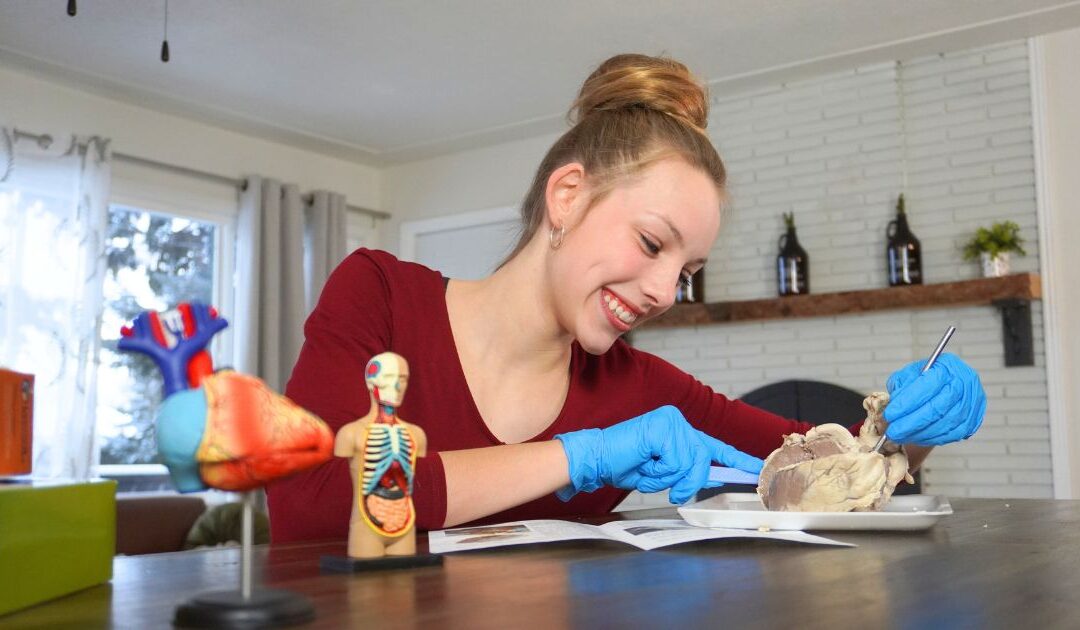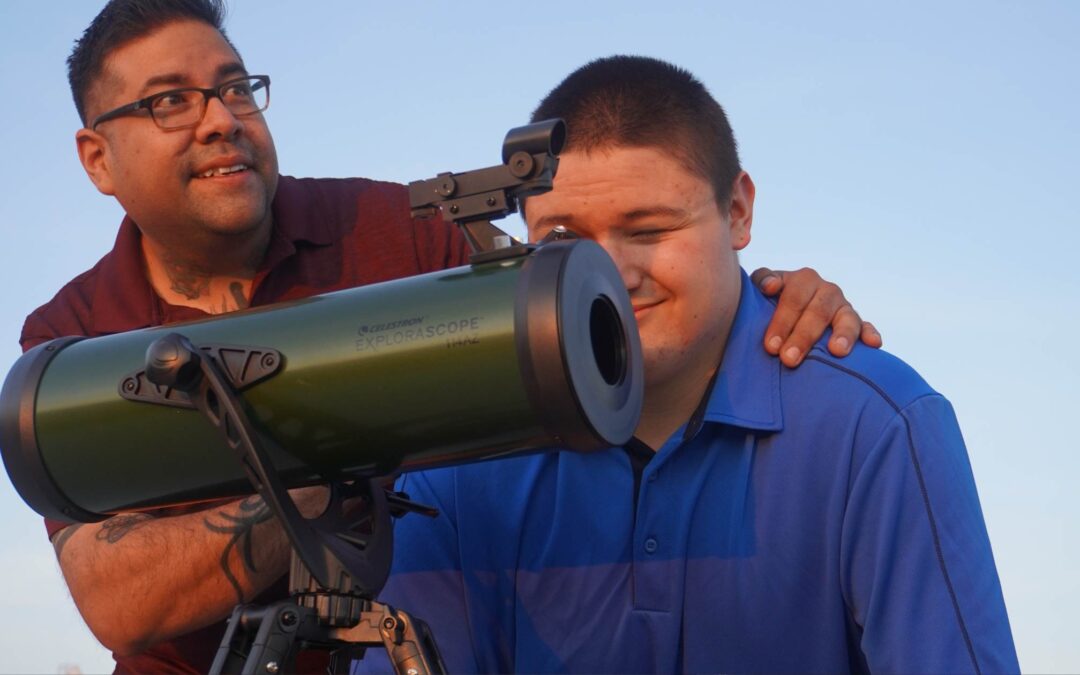Soil is the very top layer of the crust. It is important for life on earth because it allows plants to grow, which people and animals depend on. Think for a moment about your clothes, the food you eat, and the house you live in. It’s very likely that the clothes you’re wearing (natural plant fibers like cotton), the furniture inside your home (wood), the food you eat (plants plus animals that ate plants), the dishes you use to eat (ceramic), and the materials used to build your house (lumber) were produced thanks to soil. Some organisms even rely on soil itself for food!

Soil is divided into layers called horizons. The soil becomes more dense and hard as the layers get deeper. Soil horizons are caused by processes like decomposition (organic materials broken down into soil) and eluviation (water moving materials through the soil).
The first horizon is the organic layer, which we label “O.” Organic matter such as dead leaves, plants, insects, and even animals make up this layer. All these dead things break down and are gradually mixed into the next horizon where plant roots can put the nutrients to use. This soil tends to be very dark brown or even black in color, thanks to all the nutrients from the organic materials, and is called humus (say: HUE-muhs).
The second horizon is labeled “A” and is known as topsoil. This is the layer that plants thrive in. Here you will find plant roots, earthworms, and lots of tiny bugs that love life in the soil. The texture of topsoil is light and airy compared to the deeper layers. The color is usually still pretty dark, though lighter than the organic layer above it.
Below the topsoil, we find subsoil, horizon “B” with heavier soil (often clay) and fewer nutrients. It is rich in minerals, which sometimes turn the soil a different color (like red or orange) because of oxidation (a chemical reaction when a metal like iron or aluminum comes into contact with water and oxygen; the same process that causes rust!). Below that is horizon “C” which is mostly rock. This layer can be called parent material, bedrock, or regolith, because it is what remains of the rock and other substances that formed the layers above it. Substances in this layer can have a range of textures, from shapeable clay to large rocks, plus other smaller particles filling in the spaces between larger ones. Because it contains mostly rock, this layer is usually the lightest in color.
What Lives in Soil?
This horizon contains plenty of creatures you can see, but even more that are microscopic (they can only be viewed when magnified many times with a microscope). Bacteria, fungi, and protozoa are some examples. Can you think of any creatures you may be able to see living in topsoil? Arthropods are creatures with jointed legs and no backbone. Bugs such as centipedes, milipedes, pill bugs, ants, and even spiders fall in this category. These creatures eat organic matter and help carry it from the O horizon deeper into the soil. By crawling around and burrowing in and out of the ground, they also help aerate the soil (allow air to get in) keeping the soil light and easy for roots to grow in.
How does soil help plants and trees grow?
- Holds them in place so they don’t fall over.
- Carries water to roots.
- Brings nutrients from the humus and organic layer down to the roots to be absorbed and used by the plant.
For further study, test what you learned with a free printable worksheet. And learn even more about soil layers with this easy dirt science project.






